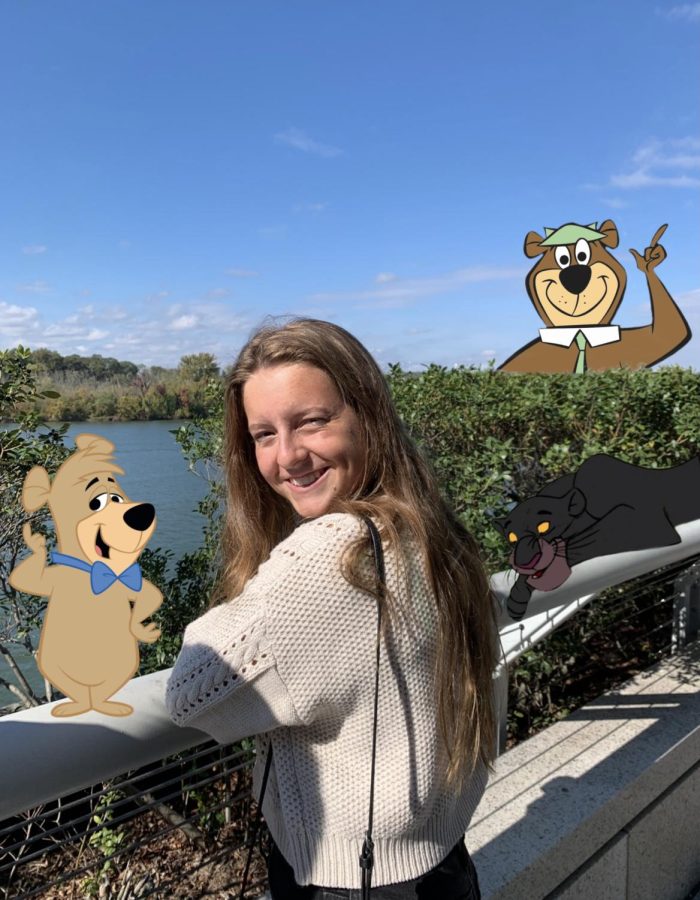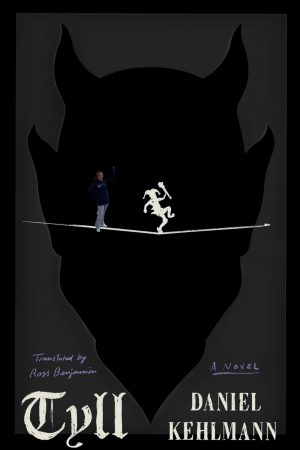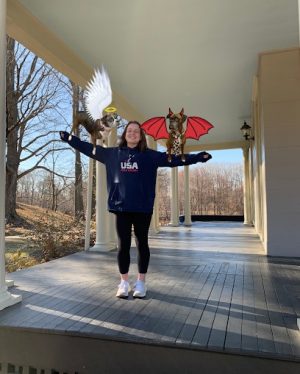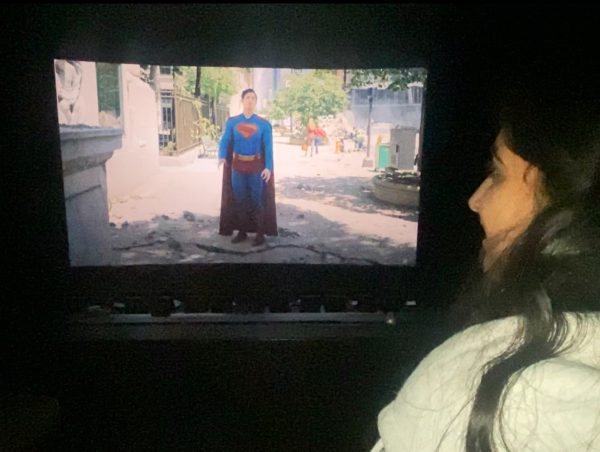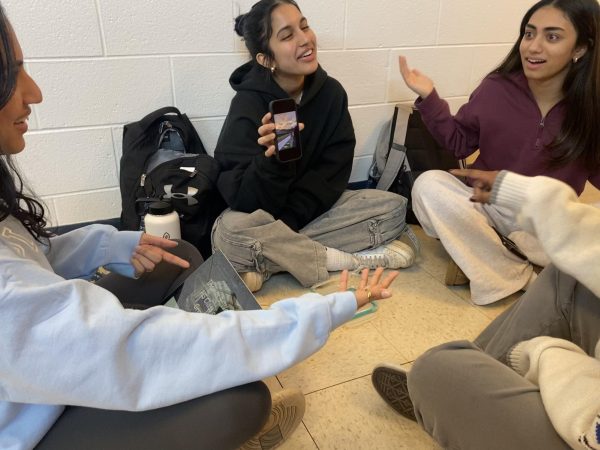Anna’s Book Nook: Fuzz: When Nature Breaks The Law by Mary Roach
Photo illustration by Anna Keneally
Despite the difficulty explored in Mary Roach’s book, senior Anna Keneally has learned to coexist with nature.
What legal action can we take against the deer, bears, birds and trees that continuously break human laws? Can they be expected to follow them? No, but there is a science to animal-human conflicts and how we cope with them. Mary Roach explores how different countries deal with the biggest rule breaker on the planet: nature.
Roach is an acclaimed writer of “weird science,” delving into the questions we may ask, but never actually pursue. Here, she delivers again with a hilarious undertaking of a commonly accepted truth in our society: animal control. In the United States, our solution to breaking-and-entering bears usually is lethal, but in places like India where elephants trampede and jaguars have a taste for human flesh, they opt to educate before killing. Which one of these results in less conflict between humans and animals is not fully understood, but the way that we deal with these issues reflects the society in which we live.
Despite the light approach the book takes, Roach brings up ethical question after ethical question and in the end, readers realize that we have no set idea how to deal with the problems that unruly animals and plants present. There does not seem to be a right one. Through her research, Roach has found a pattern in the cause of our conflicts with the wild, which is in most cases humans. For example, bears break into houses that do not follow bear code and rummage through trash cans that are unlocked. The result is often killing the bear or relocating it. The issue? If you kill the bear, it becomes an ethical issue, but if you relocate the bear, there is a high probability of it continuing to come in contact with humans and cause greater injury.
Each chapter with exceptions, covers a different plant or animal and the problem they present to humans and how that problem is dealt with. The information is presented in a story format with Roach recounting her travels and interactions with professionals in their designated fields. Through these stories, I not only learned about methods of animal control but also how to tell the difference between a bear and cougar kill, what is going on with the development in monkey birth control, the various ways in which you can kill someone with beans, the Vatican’s rat problem and a court case in which legal action was taken against caterpillars. If you have read my other reviews, you know how much I love footnotes and Roach delivers hilarious and informative footnotes that made me smile even when covering heavier topics.
I walked into this book fully expecting to leave with my same point of view: Killing animals is not a good method of animal control. But now, as much as it upsets me, I am not sure that I can fully say that I believe that now. This confusion I am feeling makes me sympathetic to those who have to make hard decisions. The chapter “killing with kindness” took me about two weeks to read. Usually, an entire book takes me about a weekend with breaks. As someone whose purpose has always been to give a holistic view of every book I read, I finished this chapter despite my discomfort. As painful as it was to read about something that upsets me, I think that Roach is able to present the subject in a light that made me more understanding, but no less upset. What does it mean to kill with kindness? What are we as humans attempting to do to make “necessary” death less cruel for the other inhabitants of this planet? I learned so much for this section that I could not possibly leave it out in the review, but it definitely was not my favorite chapter. I do think that if this chapter is something that would upset you, skipping would not ruin the experience of the book.
The world is rapidly changing, and with this our views on the value of animal and plant life are evolving as well. With this evolution we are forced to face the more challenging aspects of our coexistence, especially as the population grows. Roach is unable to provide answers on what the right way to handle this wild world we live in, but she is able to bring the issue to light. There may not be a right way to control the wild; that is the point. Despite hoping for some answers, I realize that there might not be one. It is harmful to believe that there is always a quick fix or an easy solution. We do not need to have everything figured out, we just need to work hard to make the world a better place in whatever way feels most right to each of us.
Your donation will support the student journalists of Thomas S. Wootton High School. Your contribution will allow us to purchase equipment and cover our annual website hosting costs.
Anna Keneally is a 2022 graduate.


